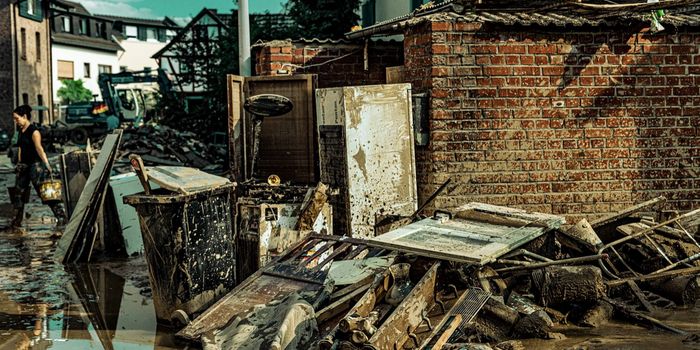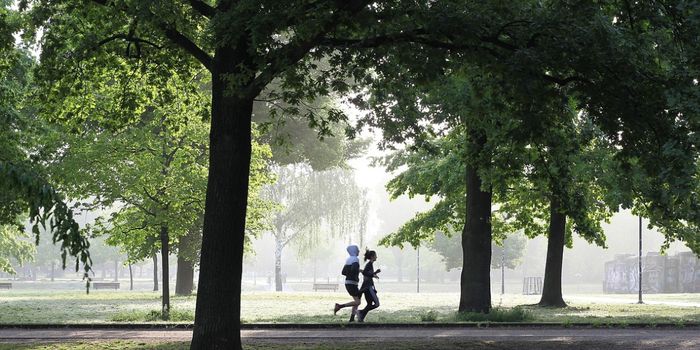Low-level air pollution correlated to school absences
New research published in Environmental Research Letters suggests kids aren’t going to school when air quality is poor. The study focuses not only on the impact of “red” air quality days on truancy but also on the impact that days of lower-level pollution have on absences. Led by Daniel Mendoza, a research assistant professor in the Department of Atmospheric Sciences and visiting assistant professor in the Department of City & Metropolitan Planning, the study was conducted in Salt Lake City schools.
"Any pollution is bad," Mendoza says. "And these lower levels of pollution, which are still harmful to our health, have been understudied." While Mendoza and his colleagues’ investigation is not currently conclusive enough to imply cause-and-effect, the team notes that the correlation between poor air quality and truancy is concerning.
“Air pollution is harmful to not only the health, but also the education and well-being of children in our community," says study co-author Cheryl Pirozzi, assistant professor in the Division of Respiratory, Critical Care, and Occupational Pulmonary Medicine. "Even at relatively low levels that many people would not think to be harmful air pollution is associated with increased school absences."
The team analyzed absence data from 36 schools in the Salt Lake City School District, aligning them with data of ozone and air particulate matter levels in those neighborhoods from 2015 to 2018 taken by mobile sensors and regulatory grade sensors.
"These are critical because now we can see small nuances, small differences across neighborhoods," Mendoza says. "Now we can see how one school, for example, had slightly higher or slightly lower values of ozone and particulate matter. And now, instead of looking at the difference between green and yellow days, we can actually see small amounts of variability because of the density of our networks."
The study’s findings suggest that elementary-aged children may be the most susceptible to adverse health impacts from poor air quality. "Children are particularly susceptible to the health effects of air pollution," Pirozzi says, "and it is possible that health effects, such as respiratory tract infections or asthma exacerbations, may lead to them missing more school, which can have long-term consequences for them."
The researchers were particularly interested in understanding how the accumulation of low levels of air pollution, on what are called “green” days, seemed to be associated with increased school absences. "So what that really leads us to think is that even low levels of poor air quality can, in a cumulative manner lead to negative health outcomes--in this case increased school absences. Even on green air quality days, when the pollution was just slightly elevated, if we had several of those days, then kids would still be absent," muses Mendoza.
The team acknowledges that there are many other factors at play in truancy scenarios, including socioeconomic factors. They hope that further interdisciplinary studies can address these factors to understand a fuller picture of the relationship between air pollution and school absences.
Sources: Environmental Research Letters, Eureka Alert









